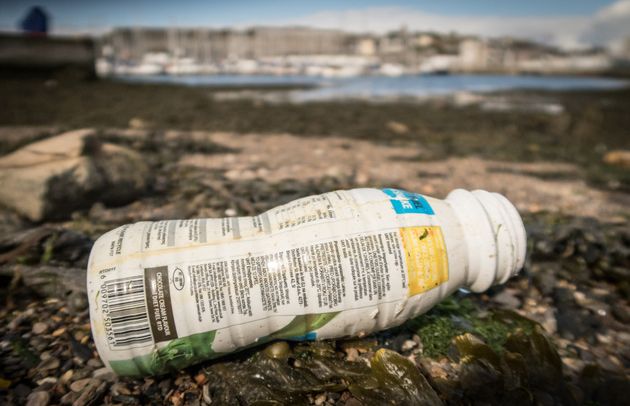
Micro-plastics have recently been in the news due to their huge potential health hazard to marine organisms. These are non-biodegradable in nature, leading to blockage of internal parts of marine organisms and finally death. Now it has been found that bottled drinking water also contains micro-plastics and hence can create an equally huge health hazard for humans, leading to blockage of internal organs, release of toxic components which can in turn lead to a range of different diseases including cancer.
Plastics have become an inherent part of human existence and are used in almost all aspects of daily life including containers for food and drinks, furniture, as inherent parts of buildings, transportation vehicles including cars, trucks, ships and aeroplanes. In fact, it is difficult to find any aspect of human life where plastics are not useful. However, currently, most of the plastics used are non-biodegradable, non-compostable and non-recyclable. Hence, the only option for their disposal are landfills and water bodies where they form recalcitrant waste. Non-biodegradable plastics are one of the largest environmental problems of the modern world leading to the accumulation of waste in the land and water bodies. In the ocean, there is a huge accumulation of plastic referred to as the plastic island and marine organisms are at a huge risk of being killed/asphyxiated due to these plastics.
The main way round this extensive problem is to gradually replace all non-biodegradable petroleum based plastics with biodegradable green plastics that can degrade away in the soil and in water bodies, especially in the sea. Currently, these biodegradable plastics include polylactic acid (PLA), polyglycolic acid (PGA), and polyhydroxyalkanoates (PHAs). These are much more expensive than the normal plastics and hence cannot be used to replace all petroleum based plastic. The Applied Biotechnology Research Group I lead at the University of Westminster has been working on the PHAs that are produced by bacterial fermentation using renewable carbon sources. There are a range of different PHAs that can be produced using different carbon sources which have different material properties and degradation rates. Hence, depending on the needs of a particular application, a specific PHA can be produced and used. PHAs can be degraded both in the soil and in the water bodies by microorganisms that generally produce an enzyme which are able to degrade PHAs. We are currently using waste as a carbon source to produce PHAs which are cheaper and hence in future could replace the petrochemical based, non-biodegradable plastics.
Overall, in order to replace all current plastics with green biodegradable plastics, we need the government to support research and its industrial translation by investing heavily in such grants. In addition, government policies need to be implemented in favour of these plastics, such as regulations to prevent use of non-biodegradable plastics, introducing a limit to the percentage of such plastics that can be used in a product; bioplastics producers need to be supported by the introduction of lower taxation for their production. In addition, there needs to be an emphasis on recycling and compostability of the plastics; decrease in the use of disposable plastics; community awareness education programs including all age groups, in schools, colleges, universities and the general public.
This is the time to act at all levels in order to take control of the situation, from research to industrial implementation, market enhancement via government policies and strict regulations. Otherwise the situation will lead to an uncontrollable disaster in the near future.


